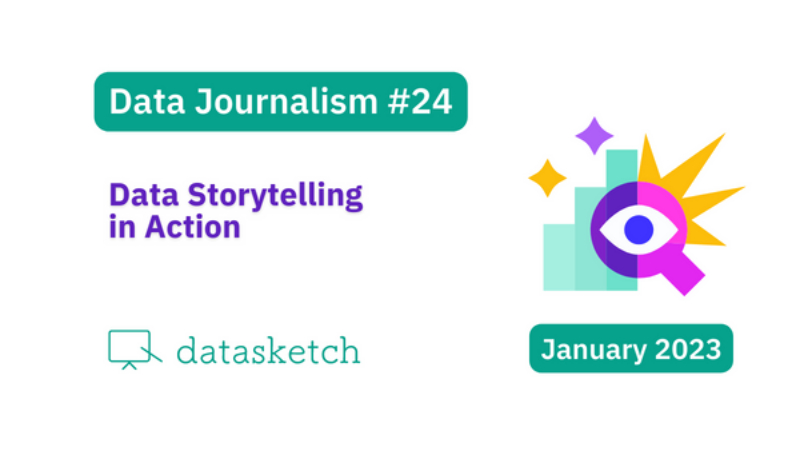Data Storytelling in Action - Data Journalism #24
Agricultural subsidies | Customized maps | AI training
Available in:

This issue is a bit longer than usual, but it’s worth it. We have selected for you:
👉 A project that tells what is happening with the money invested in agriculture in the European Union using data-driven stories.
👉 A feature on a map that can save a lot of time for journalists and researchers.
👉 We premiere the Artificial Intelligence section by putting them under the magnifying glass.
👉 Recommendations to make your visualizations accessible.
👉 Our radar.
Enjoy!
Farm subsidies in data.
The European Union allocates more than four hundred billion euros annually to agriculture. Monitoring by the media and the public of such a significant investment is crucial in avoiding cases of embezzlement and corruption, and even inequities.
Thanks to a transnational alliance, media from several countries joined forces with Farmsubsidy.org to analyze and publish data on farm subsidies in the EU. Thus, the project launched in December a section of the stories created from the analysis of the collected data.
Today, January 26, from 12:00 to 13:30 CET, three journalists involved in this work, including the data journalist behind the base used in the stories, will talk about this experience and how to leverage these resources for reporting.
A census with customizable area profiles.
Creating maps in which a user can decide the areas or zones they want to view randomly, without these being predetermined, is rare yet. Such maps require microdata, i.e., precise data with a significant level of disaggregation, which is then displayed aggregated by tiny areas to make the desired selection possible.
Such data are only sometimes easily found but open above all. Such a level of detail, with inadequate management, could go against the privacy of individuals. In addition, its management requires a great deal of technical knowledge.
The UK Office for National Statistics has launched a tool that allows you to create custom areas with the 2021 census data for England and Wales. The topics available include total population, age, national identity, the types of households people live in, and the jobs they hold.
Until last year, the data was published broken down to neighborhood level. However, trying to analyze larger or custom areas meant working with geographic information systems, downloading large amounts of data and dealing with it via spreadsheets or code. Now they can be joined by dragging the mouse, saving work hours and making the information much more accessible. Nice!
Artificial Intelligence
The hidden side of conversational models and imagers
Artificial Intelligence (AI) advances are making waves, and such is their impact that Our World in Data has dedicated an entry with metrics that corroborate this. For example, they point out that there are more and more skill developments, and faster, in recognizing or understanding text, images and conversations.
AIs are created and controlled by humans. These people decide the direction of these inventions, and this, in some cases, has resulted in bias and discrimination. Therefore, informing ourselves about AIs and how they are made real is key to deciding what kind of consumption we want to make of them.
Time reports the case of a group of outsourced people in Kenya who classified violent content for ChatGPT responses to filter out. To make this conversational model safer, they earned $2 or less per hour at the cost of compromising their own mental health.
Data Tip
Data visualizations are not usually intended for people with different abilities. But there are ways to make them accessible. DataJournalism.com put together recommendations and resources on alternative text; different colors; font sizes and font selection; visual cohesion with the visualized data; and use of labels, captions, and instructions.
Along these lines, John Cassidy, a blind BBC journalist and a fellow of the Reuters Institute, wrote about advances and difficulties in the accessibility of visualizations. While guidelines are lacking or minimal in terms of the actions needed, Cassidy acknowledges the awareness and willingness that exists to make visual data journalism more accessible.
On the radar
- 📊 Call for proposals for mini-grants: “Uses of GDB data to advance the knowledge on data for the public good” | Global Data Barometer
- 🐰 Everything you need to know about the Year of the Rabbit | South China Morning Post
- 🛬 Ukrainians welcome, other refugees unwanted | European Data Journalism Network
- 🤘🏾 Millennials are breaking the oldest rule in politics | Financial Times
- 💸 Why superrich are inevitable | The Pudding
We hope you enjoyed this issue. Read it in your browser, forward it or talk about it. It’s up to you!




